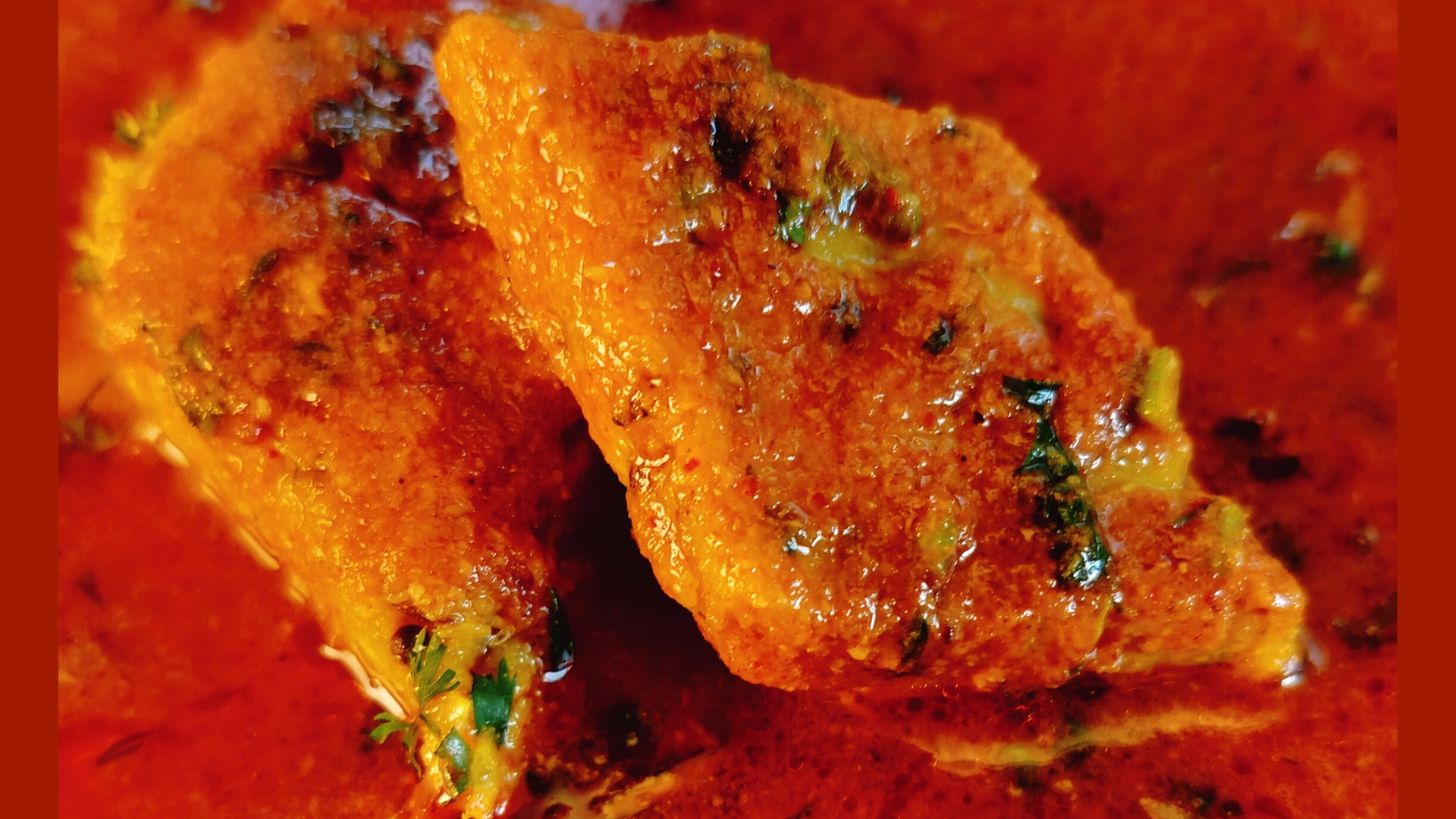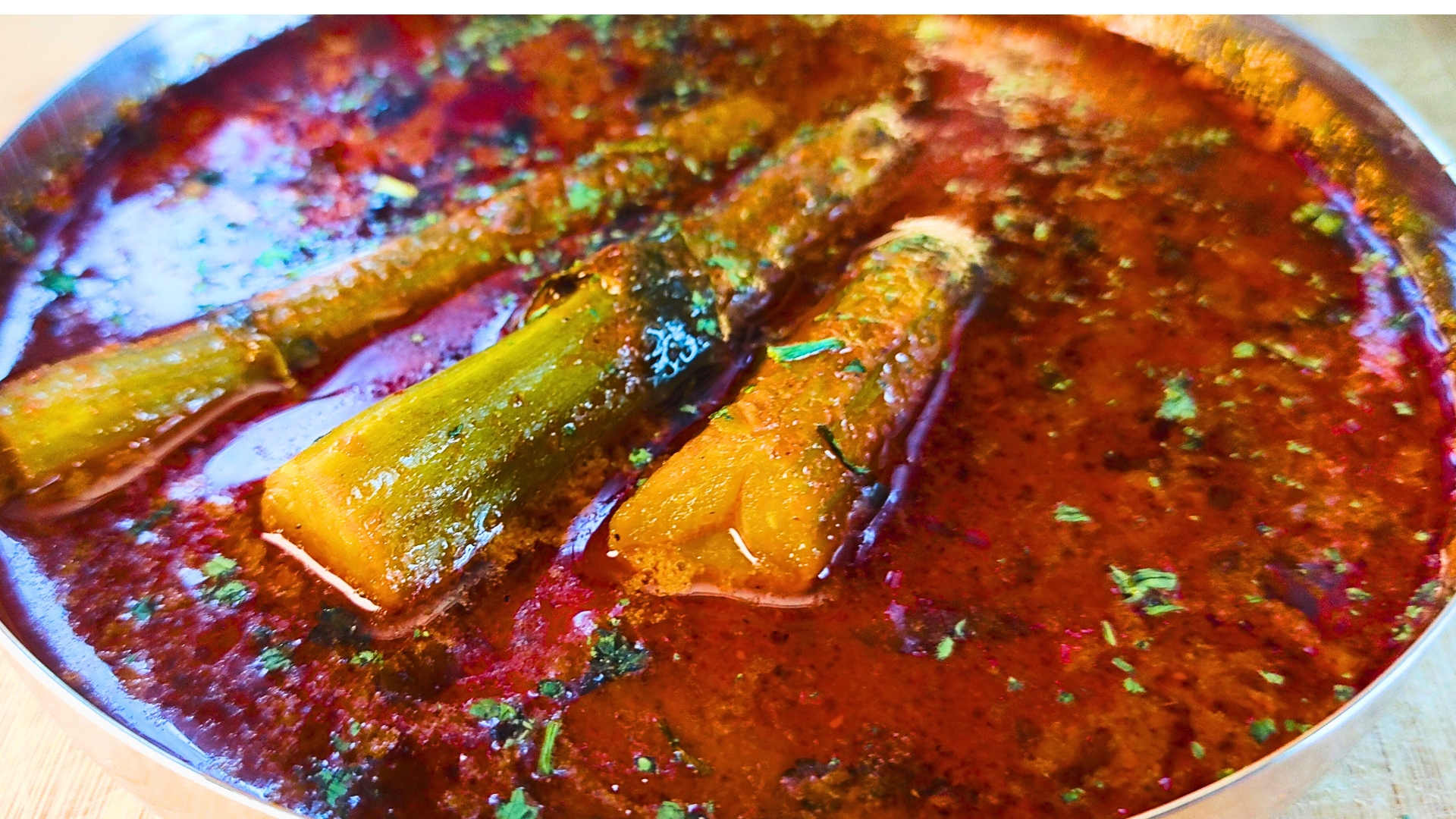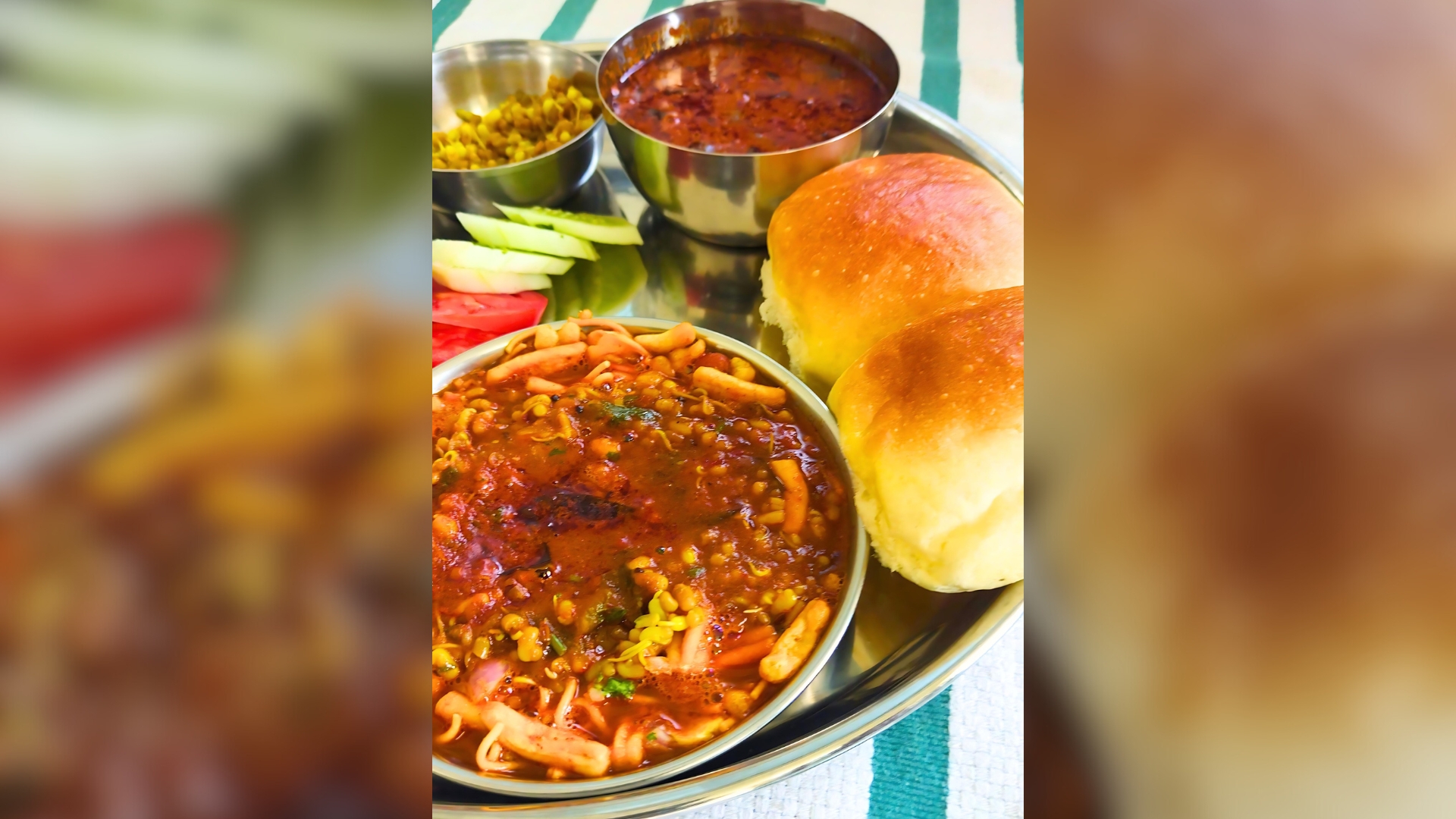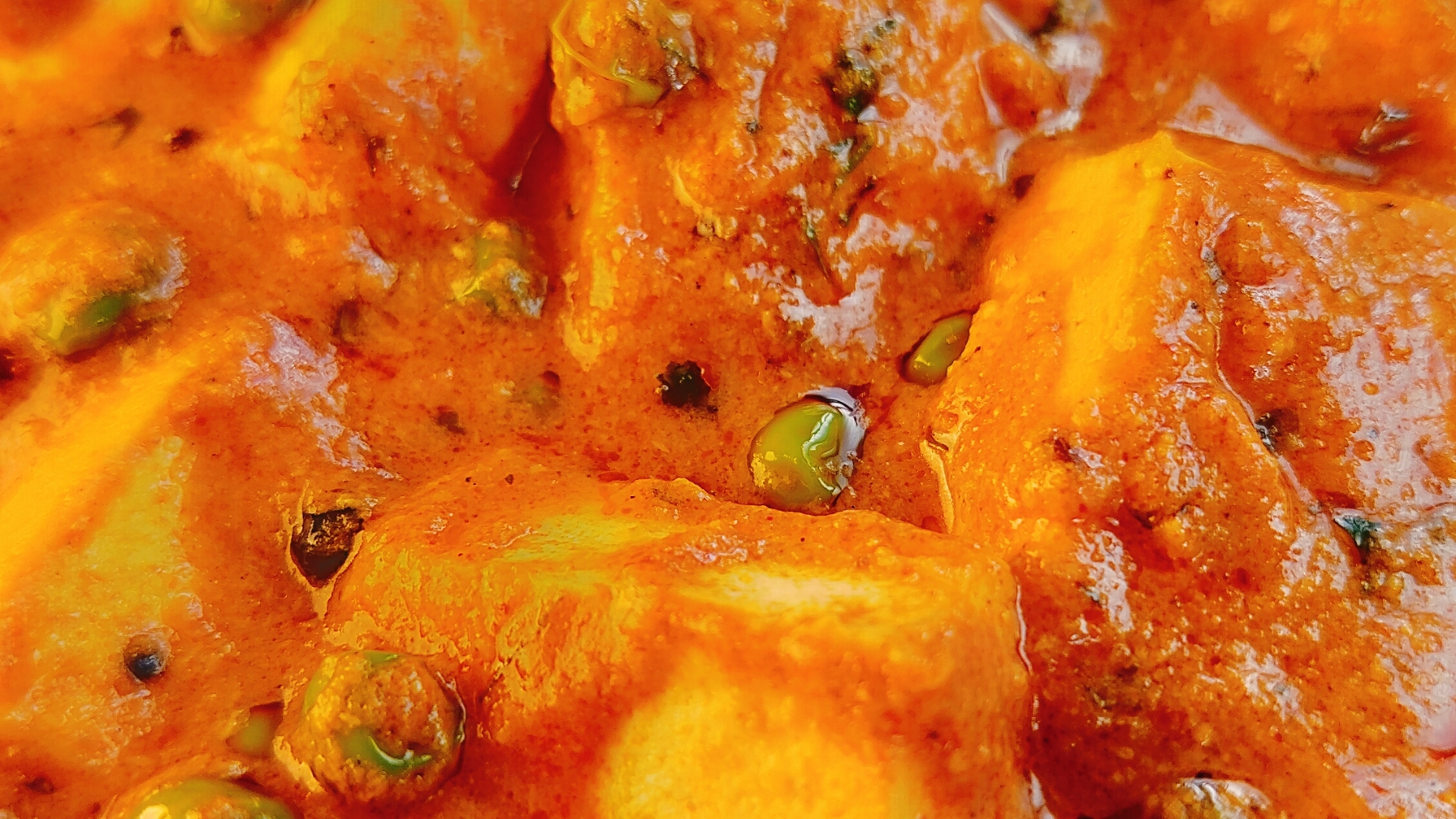Patwadi Curry Recipe: A Complete Guide
Patwadi curry, a rich and flavorful dish from the Indian state of Maharashtra, is a culinary gem that’s beloved by many. This traditional recipe features spicy gram flour (besan) cakes, known as “patwadi,” which are steamed, sliced, and simmered in a tangy and spicy curry. The combination of tender patwadi pieces and a thick, aromatic curry makes it a comforting and satisfying meal. Whether you’re new to Maharashtrian cuisine or a seasoned cook, this guide will walk you through everything you need to know about making this curry at home. Ingredients For the Patwadi (Besan Cakes): For the Curry: Step by Step Recipe Creating this curry might seem challenging, but breaking it down into simple steps makes it manageable. Let’s checkout the process: Step 1: Preparing the Patwadi Step 2: Making the Curry Tips for Perfection Serving Suggestions Common Mistakes to Avoid History and Origin This curry has its roots deeply embedded in Maharashtrian cuisine, particularly in the Vidarbha region. The dish is believed to have originated as a staple in rural households where besan (gram flour) was commonly used due to its affordability and nutritional value. Over time, this humble dish evolved, gaining popularity across the state and beyond, becoming a beloved part of traditional Maharashtrian thalis (meals). Health Benefits Variations Regional Cuisines Patwadi curry, while popular in Maharashtra, has variations in neighboring states as well. In Karnataka, a similar dish called “Menthe Kadabu” is made, though it has distinct regional flavors. The core concept remains the same – gram flour cakes in a spicy gravy – but the spices and preparation methods vary, reflecting the diversity of Indian cuisine. Frequently Asked Questions (FAQs) 1. Can I make this curry in advance? Yes, you can prepare the patwadi pieces a day in advance and store them in the refrigerator. When you’re ready to serve, simply prepare the curry and add the pre-made patwadi pieces. This can save time and make meal prep easier. 2. What can I use as a substitute for coconut milk? If you prefer not to use coconut milk, you can substitute it with regular milk or cream. Another option is to omit it entirely and use water to adjust the consistency of the curry, though this may result in a less creamy texture. 3. How do I prevent the patwadi from breaking in the curry? To prevent the patwadi pieces from breaking, ensure that they are well-cooked and firm before adding them to the curry. Also, avoid over-stirring the curry once the patwadi is added. Gently simmering without excessive stirring will keep the pieces intact. 4. Is this curry suitable for vegans? Yes, patwadi curry can be made vegan. Simply ensure that you use oil instead of ghee, and if using coconut milk, make sure it’s dairy-free. The dish is naturally plant-based, making it a great option for vegans. 5. Can I freeze patwadi curry? You can freeze the patwadi pieces separately, but it’s best not to freeze the curry with the patwadi already added. When you’re ready to eat, thaw the patwadi pieces and make the curry fresh. This will help maintain the texture and flavor of the dish. To check out video on patwadi recipe click here. Few of our other Trending Recipes: Misal Pav Recipe: A Spicy Delight from Maharashtra Pohe Recipe: A Step-by-Step Guide









